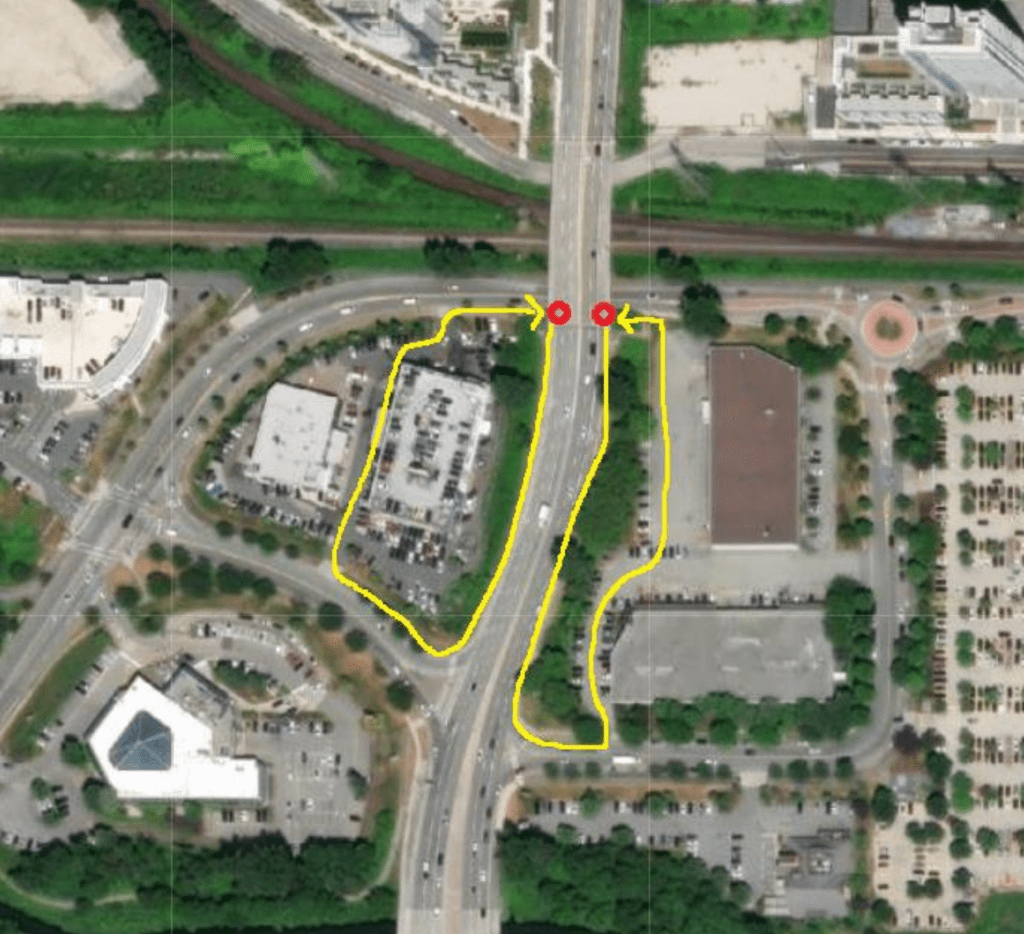Excerpt Contributed By: Michal Rieback, the full article is featured on the Daily Hive.

After taking another gruelling trip on the 25 line, I need an outlet for my frustration also known as The Amazing 25 line.
Why is it so amazing? Because it’s an amazement how it manages to encompass (almost) all the ways that transit can fall short in Metro Vancouver.
Much of this falls under the City of Burnaby’s jurisdiction, but other cities aren’t much better: transit riders and pedestrians just aren’t prioritized in the way our streets are designed. The lack of shelter, the poor connectivity, and the inaccessible crossings all send the same message: this space wasn’t designed with people in mind.
So, what’s the experience?
- Waiting 20+ minutes at a lonely pole with no shelter or seating.
- Boarding a packed bus.
- Stopping at almost every intersection.
- Getting stuck behind cars, without any transit priority.
- Taking almost twice as long as driving.

Transit riders cannot be an afterthought.
It must be prioritized and designed together with the streets themselves. Even where there’s been some thought, like at Nanaimo, the overall street design still prioritizes cars over buses. A single bus carrying 70 people takes up the road space of about three cars. It’s a smarter use of limited street space that work better for transit riders and drivers alike.
When streets prioritize cars, people respond by driving more, which just adds to congestion and gridlock. We need urban planning and street design that actually support an effective bus network: not sprawling suburbia, but dense, connected street grids that make transit fast, frequent, and reliable. When we prioritize buses (people), everyone benefits.
Our streets need to welcome us. They should tell us through their design that these places are made for people. That means streets and public spaces designed for us to use, whether it’s taking public transport, walking, shopping, meeting, or living. Municipalities aren’t moving fast enough to fix the mistakes of the past and give transit riders the dignity they deserve.
- Bus routes with fewer stops and faster trips
- Bus lanes
- Transit signal priority at intersections
- Streets that connect buses with SkyTrain, bikes, micromobility, and pedestrians.
- Urban spaces designed for walking, shopping, meeting, and living, not just moving cars.
Read the full article at the Daily Hive.
If you experience bus delays on the 25 or anywhere in Metro Vancouver, write a letter to your city council and advocate for bus priority measures in your city! Decision-makers don’t often hear from transit riders, Movement is organizing to change that and make the voices of transit riders heard.
Tell Burnaby City Council you want faster and more reliable buses!
City Councillors need to hear from transit riders, like you! Send a quick email to your city councillors and ask for the city to prioritize people, improve bus speed and reliability to move existing and future residents, safely and efficiently and at a much lower cost than road expansion.